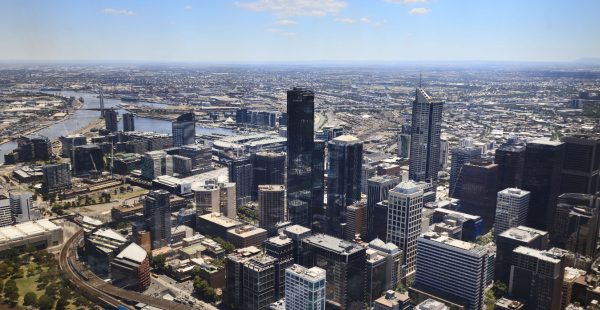Home value growth losing momentum

Australian home values have seen two consecutive months of slowed growth, after the latest readings of CoreLogic’s national Home Value Index (HVI) showed a 1.2 per cent increase in May and a 0.7 per cent increase in July.
This comes despite the national HVI jumping 4.1 per cent since February 2023, but remaining 5.3 per cent below the April 2022 peak.
Perth, Adelaide and Regional South Australia were the only areas to record a new cyclical high in home values across July, while CoreLogic Research Director, Tim Lawless, said Sydney led the charge for the largest slowdown in growth.
“After leading the upswing, the monthly pace of growth in Sydney housing values has halved from a recent high of 1.8% in May to 0.9% in July,” he said.
“Sydney has also seen a significant rise in the number of fresh listings added to the market, 9.9% higher than the same time last year and 18.0% above the previous five-year average.
“An increased flow of new listings provides more choice and may be working to reduce some of the urgency felt among prospective buyers.”
Brisbane and Adelaide saw housing values climb 1.4 per cent in July, with the number of new listings rising in both cities. However, Lawless said this remains below last year’s peak levels and the previous five-year average.
Canberra was the only capital city to have its housing values fall in July by 0.1 per cent, while Hobart’s dwelling values remained the same.
“Some resilience in growth across the middle and more affordable end of the market aligns with housing finance data which has shown a stronger bounce back in the value of lending to first home buyers and investors over recent months,” Lawless said.
“These segments tend to be more active across the middle to lower end of the pricing range where competition to purchase a home may be more intense.
“Premium housing markets tend to lead the cycles, so the slowdown in the pace of growth could be a sign of a broader easing in the pace of growth over the coming months.”
The growth of new listings added to the capital city housing market also unexpectedly grew by 3.9 per cent, despite listings usually declining through winter. Sydney was the only capital city to record a higher number of new listings when compared to the same time last year, showing an increase of 9.9 per cent.
Overall capital city advertised listings continued on a downward trend, with 18.3 per cent less stock than the same time last year and 23.3 per cent below the previous five-year average.
“The flow of new listings has held at below average levels since September last year. With total stock levels still low and selling conditions reasonably strong, it may be the case that more homeowners are picking current market conditions as a good time to sell, rather than waiting until spring when stock levels might be higher, creating more competition among vendors,” Lawless said.
“Another possibility is that we are seeing the first signs of motivated selling as the rapid rate hiking cycle catches up with household balance sheets.
“The fact that total stock levels are still trending lower implies demand is keeping up with the increased flow of new listings coming to market.”












Now, while I do empathize with their dislike of the proposed tax, they should not be exempt just because they…
The Judiciary should attack the fundamental injustice of taxing unrealised gains, particularly as it seems this could result in multiple…
in thew News back in 2012..... parliamentary joint committee into the fraud that led to Trio's collapse was highly critical…
It would be great of Government and lobbyists read this and come up with policies to boost super for the…
The proposed tax shouldn't go ahead full stop, especially where you feel it necessary to relax the rules applying to…